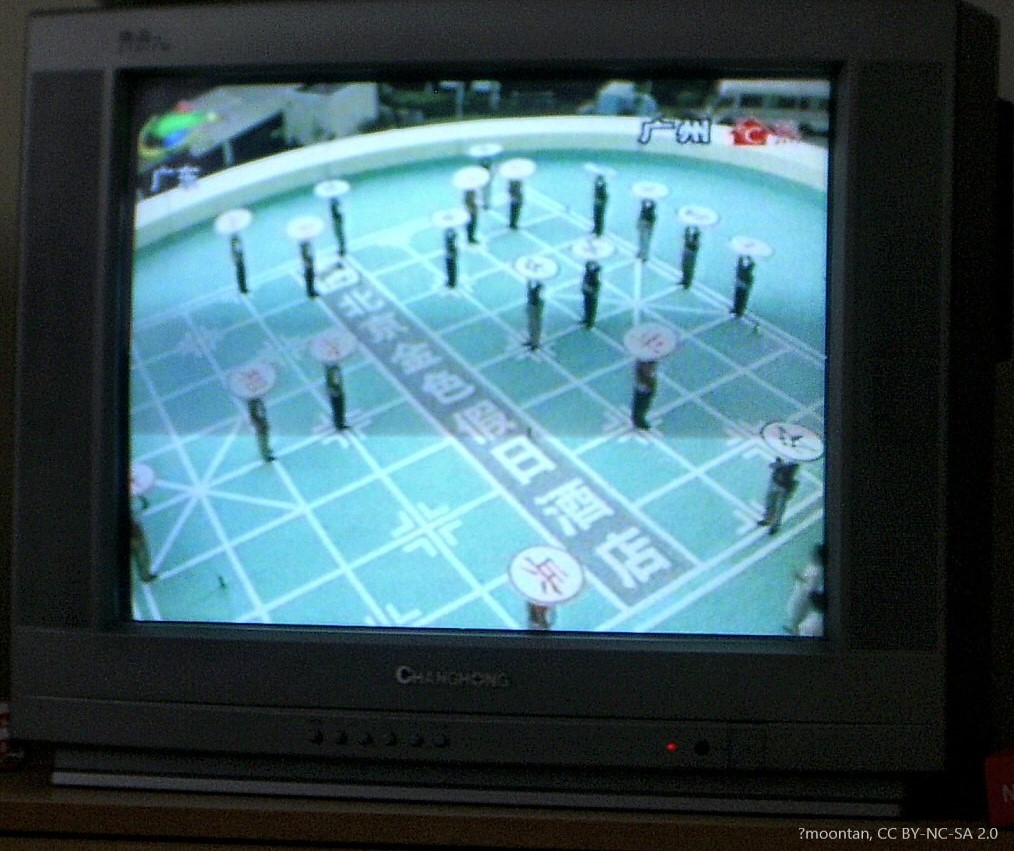A new paper by Philipp Renninger

Although Wuhan was the first epicenter of COVID-19 (from November 2019), the city managed to effectively control the pandemic. Since April 2020, there have been almost zero new (locally transmitted) COVID-19 cases in Wuhan. The city celebrated this success with a huge pool party in August 2020 and a packed New Year’s Eve 2021, whilst other countries remained locked down due to COVID-19. China’s state media expressed (mischievous) delight, some Western newspapers reacted with anger and jealousy, and other journalists asked the crucial question: “How has Wuhan achieved this without a vaccine? Anyone?”
Searching for legal and juristic answers …
Most legal, political, and medical answers to this question focus on the whole of China, and thus on the measures enacted by the central level. In contrast, the local measures in Wuhan have been scrutinized by few Western and Chinese scholars, perceiving this topic as more sensitive than it should be. Therefore, the media rather than academia covers what happened in Wuhan. This poses a first problem for academic research on COVID-19 in China: The current coverage of Wuhan’s pandemic management is not “legal” and “juristic” enough.
In order to solve this first problem of COVID-19 research, my new paper in the Washington International Law Journals clarifies the legal and juristic basis of Wuhan’s COVID-19 management. I explain both the relevant institutions and the relevant instruments: first, China’s central–local, party–state, and politics–law system in general; second, China’s emergency management system with a focus on public health emergencies (PHE) and pandemics; and third, China’s institutions and instruments designed during the current COVID-19 pandemic. In order to fight COVID-19, the center created the State Council’s Joint Mechanism for COVID-19 Prevention and Control Work (国务院应对新型冠状病毒感染的肺炎疫情联防联控工作机制) as well as the CCP’s Central Leading Group for COVID-19 Work (中央应对新型冠状病毒感染肺炎疫情工作领导小组). Wuhan established a mixed party-state Headquarters for COVID-19 Prevention and Control (武汉市新型冠状病毒感染的肺炎疫情防控指挥部).
When containing COVID-19, Wuhan’s Headquarters primarily employed nonlegal normative documents instead of formal law. Researching these documents faces the obstacle affecting most of China’s local politics and law: the lack of accessibility. Many COVID-19 orders and instructions were never published on Wuhan’s official government website but rather on social media, e.g., WeChat or Weibo. Various COVID-19 documents were published on Wuhan’s official website but deleted afterwards. Fortunately, some remained on the central government ‘s homepage (e.g., this notice). In other cases, photos and scans (e.g., of this notice) or the raw text (e.g., of this notice) survived in the depths of the internet.
… by fructifying social-scientific methods
Yet, these documents do not reveal how the institutions and instruments interacted during the COVID-19 pandemic. How did they manage to control COVID-19? And why did they fail to prevent the pandemic in its early stages? Academic research on these questions deals with a second problem quite contrary to the first one: The available official information on Wuhan’s pandemic management is too “legal” and “juristic, i.e., too formalist. The documents do not provide direct background information on the COVID-19 decision processes inside the party–state, central–local, and politics–law system. The traditional juristic methods of legal interpretation cannot unveil these processes in Wuhan. Therefore, in order to unlock hidden insights, my paper consults the methods of social sciences for inspiration.
A first capable social-scientific method is “analytic narratives”. This method “explains specific events by combining the narrative approach of historians with the analytic tools from rational choice theory” (Mongin 2016). It employs a “narrative to elucidate the principal players, their preferences, the key decision points and possibilities, and the rules of game” (Levi & Weingast 2016). Drawing on this method, my paper identifies the narrative of Wuhan’s COVID-19 management, commanded by Xi Jinping: The central and local institutions must “treat the whole country as a chess game” (“全国一盘棋”).

In containing COVID-19, did China and Wuhan really employ the tactics of Chinese chess (象棋), using institutions and officials like “chess pieces” (illustrated by the picture above)? The answer is yes, as my paper demonstrates by consulting a second capable social-scientific method, “process tracing”. The method “draws descriptive and causal inferences from diagnostic evidence” by tracing processes, i.e., “temporal sequences of events or phenomena” (Collier 2011). This enables my paper to trace a triple “chess move” (horizontal–vertical–horizontal) leading to the Wuhan’s complete shutdown in February 2020. Central state leaders acted as party leaders (horizontal) in order to control the local CCP branches (vertical)—by replacing the party secretaries of Hubei Province and Wuhan City on February 13. The new party secretaries then pressured Wuhan’s local state organs (horizontal) to tighten the city’s “closed management” from February 10 to a real curfew on February 14.
Fructifying social-scientific explanation from a specifically juristic perspective, my findings on China’s “COVID-19 chess” have also gained the attention of the media, e.g., the Frankfurter Allgemeine Zeitung and The Diplomat.
Find the full paper “The ‘People’s Total War on COVID-19’: Urban Pandemic Management Through (Non-)Law in Wuhan, China”, published in the Washington International Law Journal, available via open access here.
Philipp Renninger is a doctoral candidate (cotutelle de thèse) and academic assistant at the Universities of Lucerne (Switzerland) and Freiburg (Germany). In his PhD thesis, Philipp develops a new method of comparative law by the example of Chinese, German, and Swiss public law. Contact him at philipp.renninger@yahoo.com or on Twitter @Phil_Renninger.

